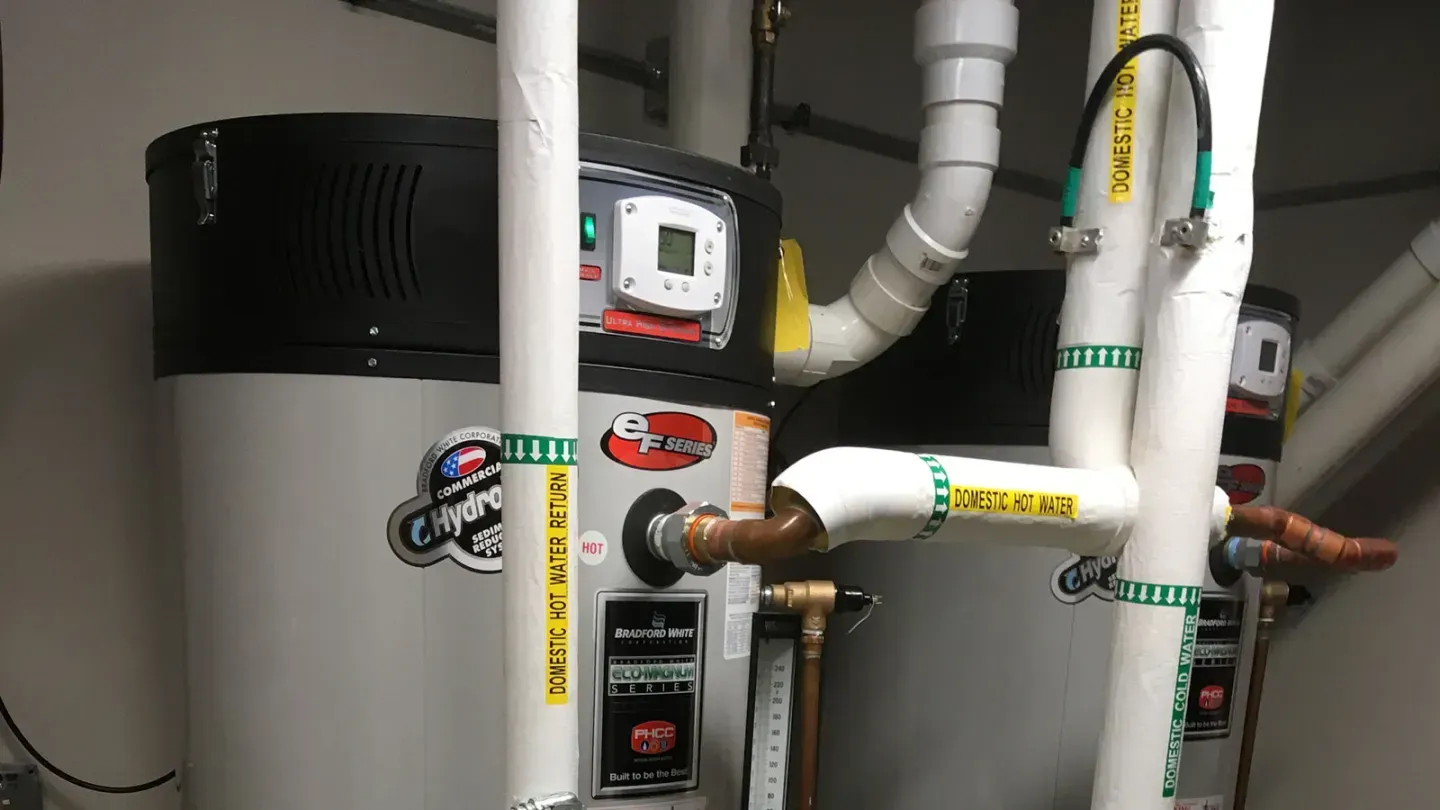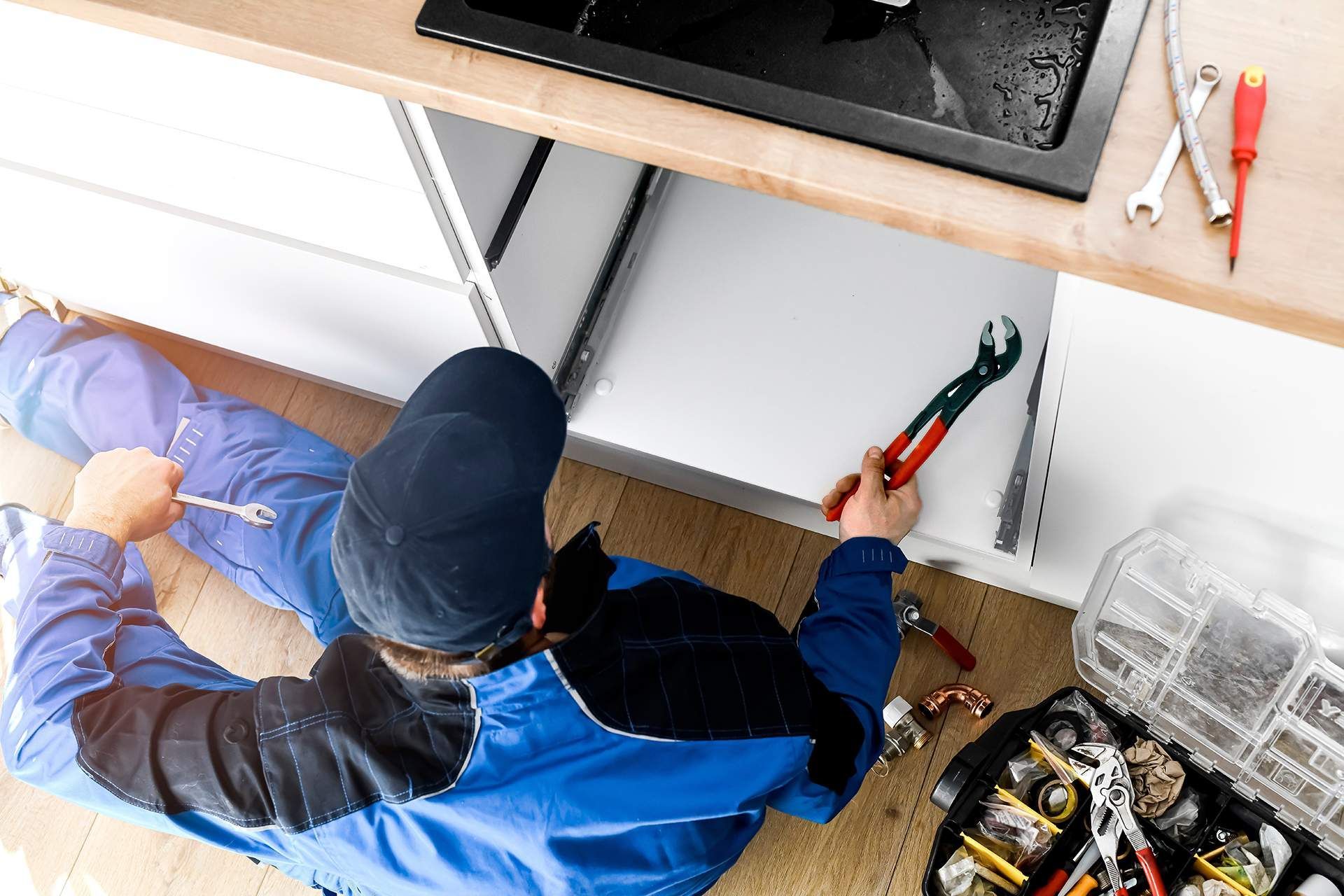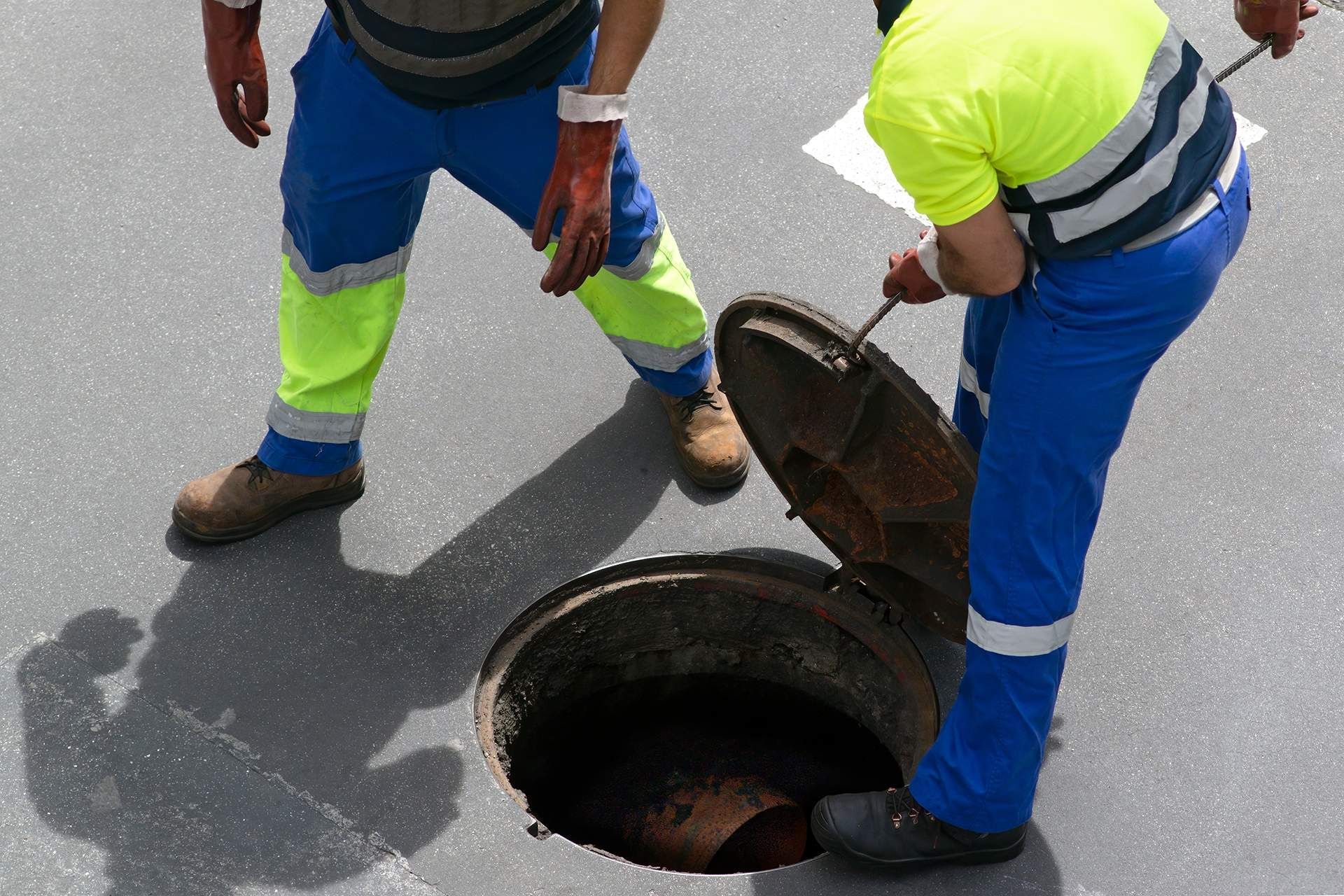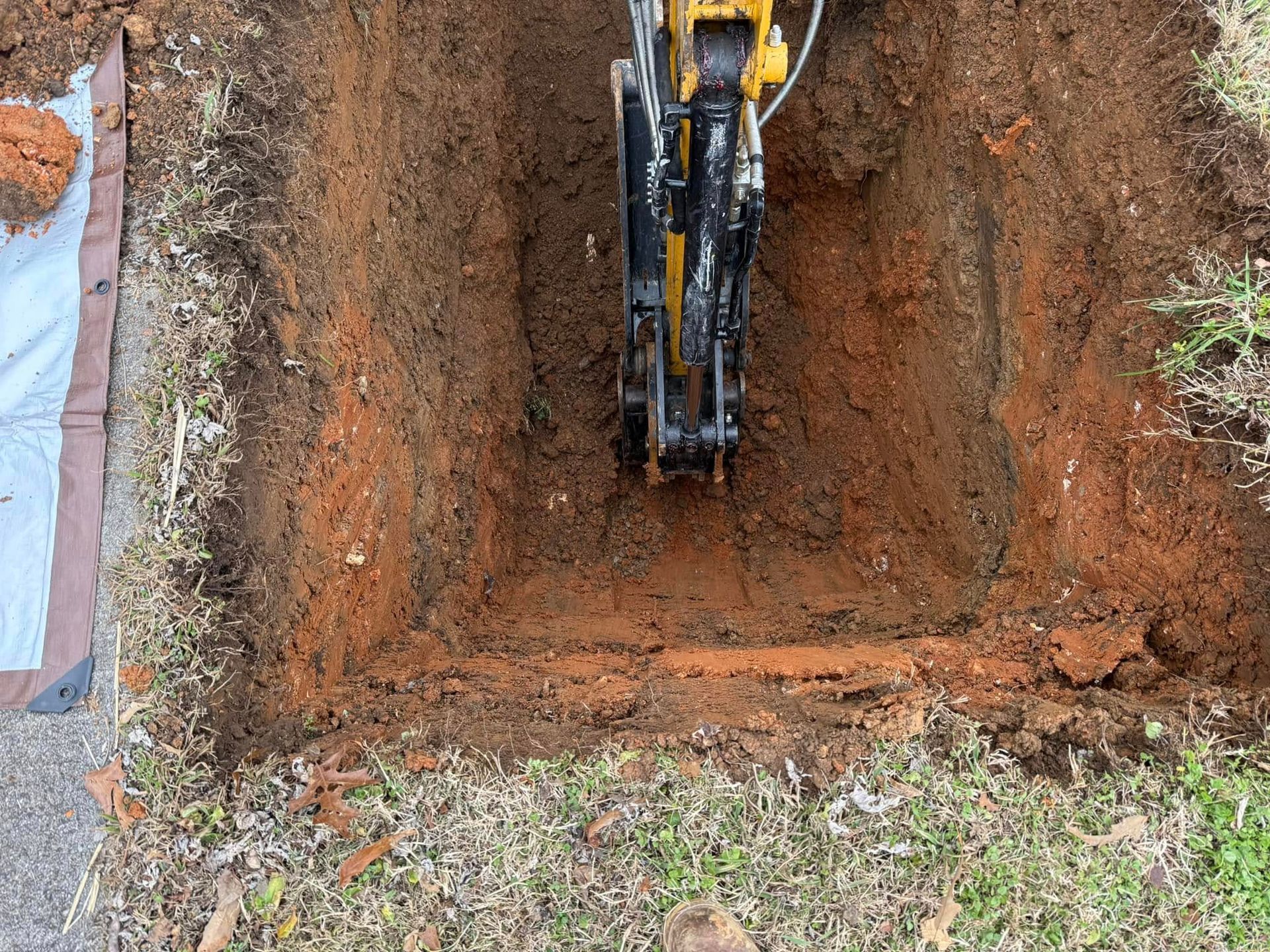Step-by-Step Guide: How to Drain Hot Water Heater Safely and Efficiently

Keeping a water heater in top shape isn’t just about convenience—it’s about protecting a system that quietly works for us every single day. Over the years of serving homeowners in our community, we’ve seen far too many costly repairs that could have been prevented with one simple habit: regularly draining the water heater. In this detailedhot water heater guide, we’ll share exactly how to drain hot water heater units the right way, using the same practical steps and insider tips we give our own customers.
If you’re unsure whether your system needs more than a simplewater heater drain or a professionalwater heater repair, this guide will help you decide. We’ll walk you through it like we would if we were standing right there in your utility room.
Table of Contents
- Why We Recommend Draining Your Water Heater Regularly
- The Tools and Materials We Trust for the Job
- How to Prepare Your Water Heater for a Safe Drain
- Our Proven Step-by-Step Method: How to Drain Hot Water Heater
- Common Mistakes We See (and How You Can Avoid Them)
- Year-Round Tips to Keep Your Water Heater Running Strong
- When It’s Time to Call a Pro
Key Takeaways
- Learning how to drain hot water heater tanks is the simplest way to extend the life of your system and keep your energy bills low.
- Regular maintenance clears out sediment that causes noise, inefficiency, and corrosion.
- A careful shutdown and draining process keeps you safe while preventing leaks and costly breakdowns.
Learning how to drain hot water heater tanks is the simplest way to extend the life of your system and keep your energy bills low.
Regular maintenance clears out sediment that causes noise, inefficiency, and corrosion.
A careful shutdown and draining process keeps you safe while preventing leaks and costly breakdowns.
Why We Recommend Draining Your Water Heater Regularly
Over the years, we’ve stepped into basements and utility rooms where the heater sounded more like a popcorn machine than a quiet tank. That rattling and popping is the sound of hardened sediment on the bottom of the tank. It’s one of the clearest signals that it’s time for a flush.
Knowing how to drain hot water heater tanks isn’t just a good maintenance trick—it’s critical if you want to avoid premature failure. As water heats and cools inside the tank, minerals like calcium and magnesium settle at the bottom. Left untouched, that buildup acts like an insulating layer. Your heater has to work harder, run longer, and burn more energy just to give you the same hot shower.
We’ve seen homeowners put off this simple task for years, only to end up replacing an expensive tank that could have lasted much longer. Spending an hour once or twice a year todrain your water heater can easily save hundreds—or even thousands—of dollars in repairs or replacement costs.
The Tools and Materials We Trust for the Job
Whenever we show a homeowner how to drain hot water heater systems, we stress that you don’t need a truckload of tools—just a few reliable items:
- A sturdy garden hose long enough to reach a floor drain or the outdoors.
- A bucket to catch small spills or check water clarity.
- A flathead screwdriver to help open the drain valve if it’s stiff.
- A good pair of gloves, because even lukewarm water can surprise you.
Gathering these ahead of time saves you from scrambling mid-project. We’ve learned that a little prep makes the entire job go smoothly.
How to Prepare Your Water Heater for a Safe Drain
Preparation is everything. Before you even think about opening the drain valve, give your system a chance to cool and depressurize. Here’s how we do it on every service call:
First, turn off the power. For electric heaters, that means flipping the breaker at the main panel. For gas units, switch the thermostat to “pilot.” We never skip this step, and neither should you—it protects both you and the heater.
Next, shut off the cold-water supply. This valve is usually right above the heater. Closing it stops fresh water from flowing into the tank while you work.
Finally, let the water cool. We typically wait at least half an hour. The water inside can be dangerously hot, and patience here prevents accidental burns.
These few minutes of preparation make the process safer and a lot less stressful.
Our Proven Step-by-Step Method: How to Drain Hot Water Heater
After years of doing this for families in the neighborhood, we’ve fine-tuned a process that works every time. Follow these steps, and you’ll handle the job like a pro.
- Connect the Hose
Attach the garden hose to the drain valve at the base of the tank. Run the other end to a floor drain, driveway, or even the yard—just somewhere the water can flow without causing damage. We like to double-check that the hose is tightly secured; a loose connection can turn into a messy surprise. - Test the Pressure Relief Valve
Before opening the drain, we always release any built-up pressure. Lift the small lever on the pressure relief valve for a moment. This simple action keeps water from gushing unexpectedly when you start draining. - Open the Drain Valve Slowly
With a flathead screwdriver or by hand, gently open the drain valve. Water will begin to flow through the hose. If it seems sluggish, open a nearby hot water tap in your kitchen or bathroom. This allows air into the system and helps water move freely. - Flush the Tank
Once most of the water has drained, we briefly turn the cold-water supply back on. This step helps flush out the stubborn sediment that likes to cling to the bottom. Keep an eye on the hose output—when the water runs clear, you know the tank is clean. - Close the Valves and Refill
Shut the drain valve tightly and remove the hose. Turn the cold-water supply back on and allow the tank to fill completely. Only when it’s full should you restore power or relight the pilot. Skipping this step can damage the heating elements, so be patient.
It’s a simple sequence, but done right, it gives your water heater a fresh start.
Common Mistakes We See (and How You Can Avoid Them)
Even homeowners who know how to drain hot water heater tanks sometimes make mistakes. The most frequent ones we encounter include:
- Forgetting to turn off power or gas. This isn’t just unsafe; it can damage the heater.
- Draining immediately without cooling. Scalding water can cause serious injury.
- Ignoring warning signs like rusty water or leaking valves. These often signal a bigger issue that draining alone won’t fix.
By slowing down and double-checking each step, you’ll avoid these pitfalls and keep your system healthy.
Year-Round Tips to Keep Your Water Heater Running Strong
Draining your tank once or twice a year is the foundation, but we always tell our customers that it’s not the only step to long-term performance. For maximum efficiency:
- Inspect the anode rod every year. This simple part prevents internal rusting, and replacing it when worn can double the life of your heater.
- Keep the thermostat set to around 120°F. It’s hot enough for comfortable showers but low enough to save energy and reduce the risk of scalding.
- Check around the base of the tank every month or so. Even a small leak can become a big problem if ignored.
These habits, combined with knowing how to drain hot water heater tanks, will keep your system dependable for years.
When It’s Time to Call a Pro
While draining a tank is something many homeowners can handle, there are times when you need professional help. If the water never runs clear no matter how long you flush, or if you notice heavy corrosion or persistent leaks, it’s time to bring in an expert.
We’ve had calls where a homeowner tried to force a stubborn drain valve and ended up with a bigger repair bill. If you’re ever unsure, it’s worth letting a licensed plumber take over. We can also check other key components like the pressure relief valve or thermostat to ensure everything is operating safely. For expert service, contact Old Town Plumbing today.
A Local Perspective on Protecting Your Hot Water Heater
Over the years, we’ve seen firsthand how a little preventive care can save families from unexpected headaches. One customer called us after their heater started making loud banging noises—classic sediment buildup. After a proper drain and flush, the heater ran quietly and efficiently again, and their energy bills dropped noticeably.
Stories like that are why we continue to emphasize the value of knowing how to drain hot water heater systems. It’s a small effort with a big payoff, and it keeps your home running smoothly.
Protect Your Home and Your Investment
Taking time to maintain your water heater is one of the smartest moves you can make as a homeowner. By following thishot water heater guide and regularly draining the tank, you’ll enjoy consistent hot water, lower energy costs, and fewer unexpected repairs.
If you’d rather have a professional handle the job—or if you’re unsure about any part of the process—reach out to Old Town Plumbing. You can also visit theOld Town Plumbing home page for more information.
We’re here to help you keep your water heater drain routine simple and effective—so you can focus on enjoying reliable hot water every single day.
Frequently Asked Questions
1. How often should we perform a water heater drain?
We recommend performing a water heater drain at least once or twice a year. Regular draining helps remove sediment, keeps the unit running efficiently, and extends its lifespan.
2. Why is knowing how to drain hot water heater important?
Understanding how to drain hot water heater units helps us prevent costly damage, lower energy bills, and maintain consistent hot water for our home.
3. Can we follow a hot water heater guide for maintenance?
Yes, following a reliable hot water heater guide ensures we safely flush sediment, protect the tank, and keep our water heater in top shape without unnecessary repairs.
4. When should we call a professional for water heater drain issues?
If the water heater drain valve is stuck, leaks persist, or the water never runs clear, we call a professional to avoid bigger problems and ensure a proper fix.
5. Does draining the hot water heater lower energy costs?
Absolutely. When we know how to drain hot water heater tanks properly, we remove sediment that forces the unit to work harder, helping us save energy and reduce monthly costs.




